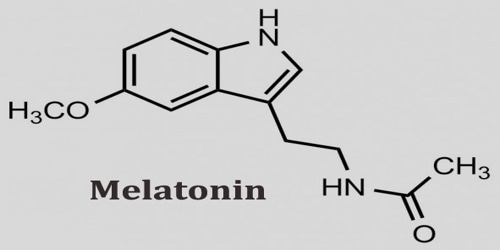Famine is a common condition in which many people in a country or region lack access to adequate food supplies. Famine scales are used to assess levels of food security, ranging from situations in which an entire population has enough food to full-fledged famine. Famines cause malnutrition, starvation, disease, and a high mortality rate.
Famine is a widespread condition in which a large proportion of a country’s or region’s population has little or no access to adequate food supplies. The term “famine” has strong emotional and political connotations, and there has been much debate about its precise definition among international relief organizations providing food aid. Many people believe that famines are caused solely by food shortages caused by underproduction. Famine, on the other hand, often has multiple causes. For example, despite the fact that a full-fledged famine had developed in southern Sudan, a disproportionate amount of donor food resources were diverted to the Kosovo War in 1998.
This ambiguity about whether or not a famine is occurring, as well as the lack of commonly agreed upon criteria for distinguishing food insecurity, has sparked renewed interest in providing precise definitions. Because different levels of food insecurity necessitate different types of responses, various methods of famine measurement have been proposed to assist agencies in determining the appropriate response.
Measurement methods
There has always been a tension between definitions of famine as an event and definitions of famine as a process. In the first case, famine is defined (roughly) as the death of a large number of people due to starvation within a specific area or region. In the second, famine is described as a timeline that begins with a disruption or disruptions and progresses to widespread death. These broad definitions, however, are of little use to those implementing food relief because terms like “region,” “widespread,” and so on are undefined.
The Indian Famine Codes, developed by the colonial British in the 1880s, were one of the earliest methods of measurement. The Famine Codes classified food insecurity into three levels: near-scarcity, scarcity, and famine. Three consecutive years of crop failure, crop yields of one-third or one-half normal, and large populations in distress were defined as “scarcity.” The term “famine” also referred to an increase in food prices above 140 percent of “normal,” the movement of people in search of food, and widespread mortality. According to the Punjab Food Code, “imminence of death is the sole criterion for declaring famine.” The assumption in the Famine Codes was that famine was an event, not a process.
The basic premise of the Famine Codes served as the foundation for many subsequent early warning systems. The Turkana District Early Warning System in northern Kenya is one of the most effective, with indicators such as rainfall levels, cereal market prices, livestock status, rangeland conditions and trends, and enrollment in food-for-work projects. The system distinguishes three levels of crisis: alarm, alert, and emergency, each of which is linked to a planned response to mitigate the crisis and prevent it from worsening.
In response to recent food crises, international organizations developed ad hoc measurements. The World Food Programme developed a number of “pre-famine indicators” for Ethiopia in 2002, which were combined with nutritional level measurements to generate recommendations. The Food Security Assessment Unit (FSAU) created a four-tiered system for Somalia: non-alert (near normal), alert (requires close attention), livelihood crisis (basic social structures under threat), and humanitarian emergency (threat of widespread mortality requiring immediate humanitarian assistance).
















